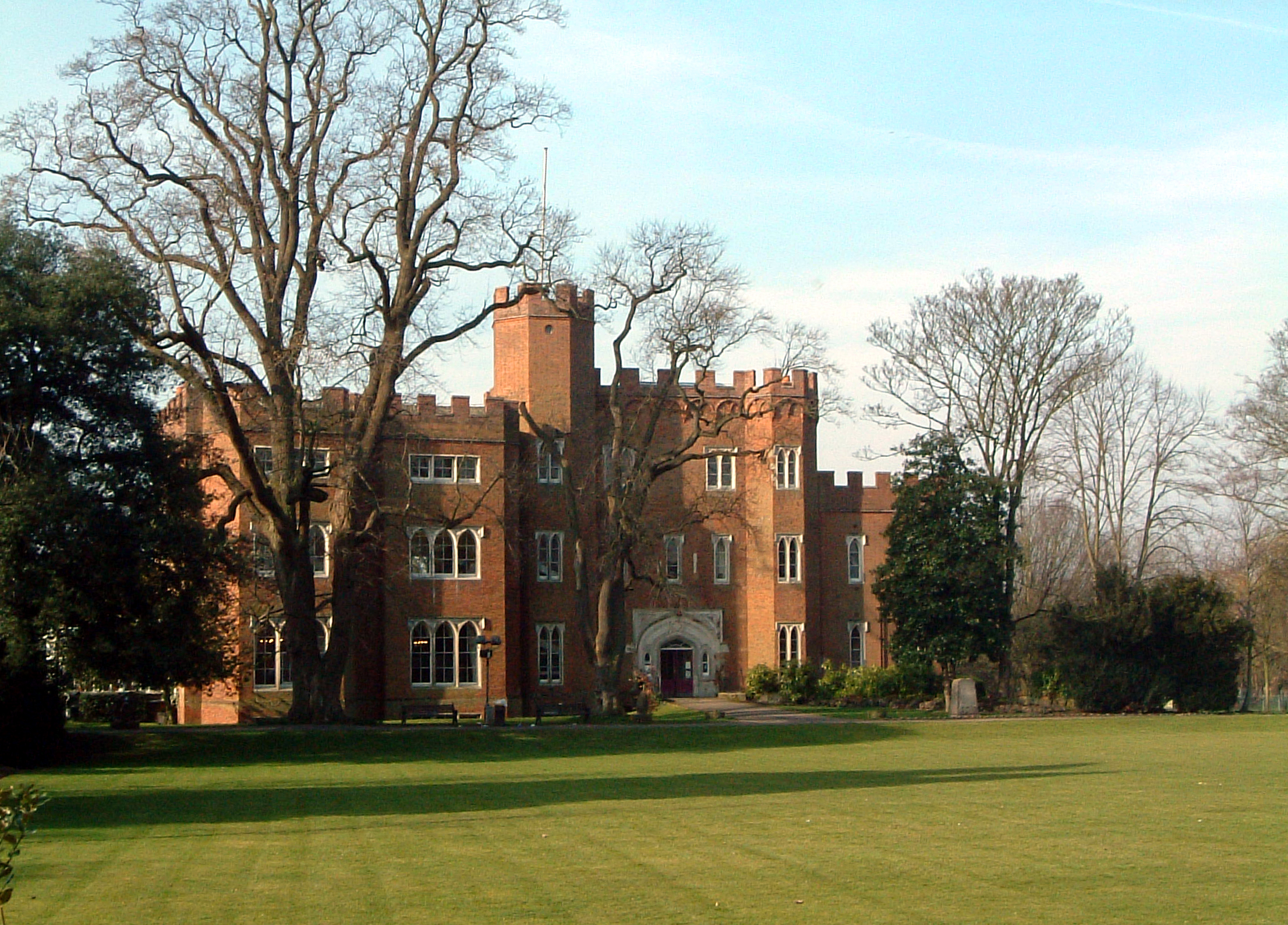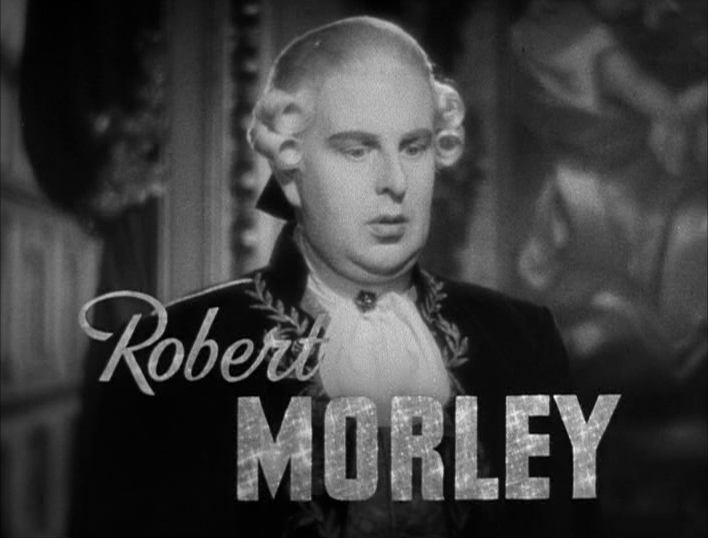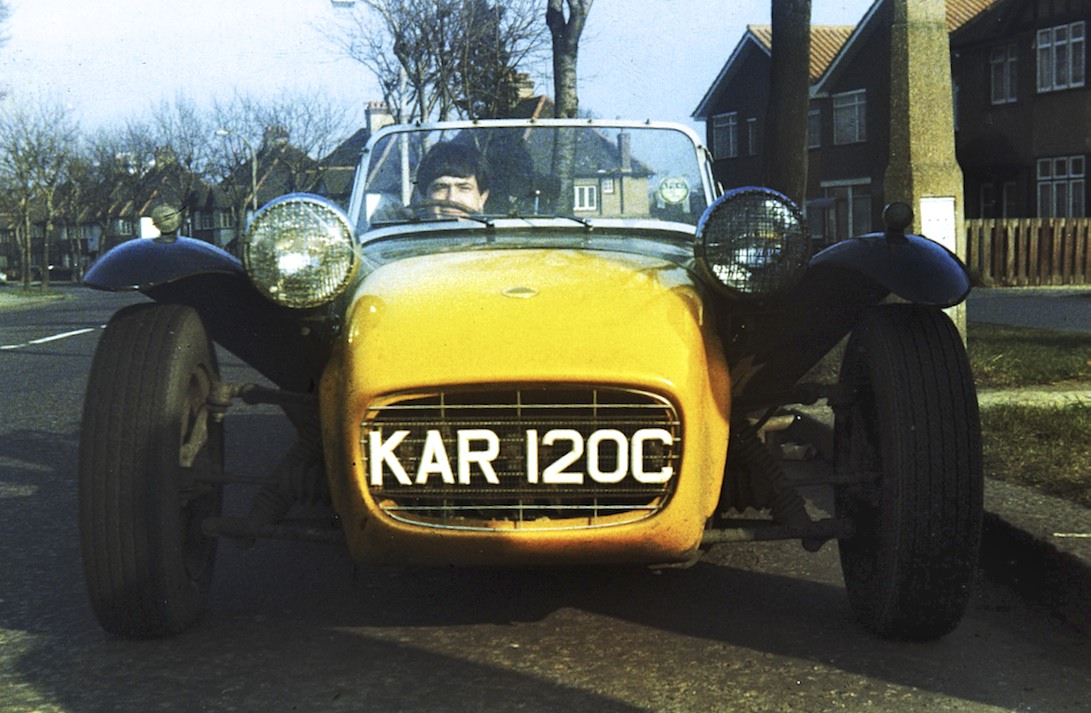|
John Cazabon
John Forde Cazabon (3 August 1914 – 22 June 1983) was an English actor and stage writer whose career began in Sydney, Australia. History Cazabon was born in Hertford, Hertfordshire, to violinist and composer Albert Cazabon (1883–1970) and Norah Cazabon née Delaney, a professional actress born in Australia. He had an older sister Norah Cazabon and a younger brother Robert Brendan Cazabon (born c. 1919), who was killed in action in 1941. In 1927 the family moved to Sydney, where Albert Cazabon had secured the post of musical director to the Prince Edward Theatre's orchestra, and Gladys, née Curtin, a professional actress born in Australia. Cazabon and sister Norah were members of Sydney's Impressionist Theatre in 1933 and in 1934, with their mother, joined the Independent Theatre and Pickwick Theatre Group, both run by Doris Fitton. They later joined Beryl Bryant's group. Albert Cazabon returned to London in 1936, living at Aberdeen Place, and was hired by the BBC, but Caz ... [...More Info...] [...Related Items...] OR: [Wikipedia] [Google] [Baidu] |
Hertford
Hertford ( ) is the county town of Hertfordshire, England, and is also a civil parish in the East Hertfordshire district of the county. The parish had a population of 26,783 at the 2011 census. The town grew around a ford on the River Lea, near its confluences with the rivers Mimram, Beane, and Rib. The Lea is navigable from the Thames up to Hertford. Fortified settlements were established on each side of the ford at Hertford in 913AD. The county of Hertfordshire was established at a similar time, being named after and administered from Hertford. Hertford Castle was built shortly after the Norman Conquest in 1066 and remained a royal residence until the early seventeenth century. Hertfordshire County Council and East Hertfordshire District Council both have their main offices in the town and are major local employers, as is McMullen's Brewery, which has been based in the town since 1827. The town is also popular with commuters, being only north of central London and connect ... [...More Info...] [...Related Items...] OR: [Wikipedia] [Google] [Baidu] |
Robert Morley
Robert Adolph Wilton Morley, CBE (26 May 1908 – 3 June 1992) was an English actor who enjoyed a lengthy career in both Britain and the United States. He was frequently cast as a pompous English gentleman representing the Establishment, often in supporting roles. In 1939 he received an Academy Award nomination for Best Supporting Actor for his portrayal of King Louis XVI in ''Marie Antoinette''. In ''Movie Encyclopedia'', film critic Leonard Maltin describes Morley as "recognisable by his ungainly bulk, bushy eyebrows, thick lips and double chin, ... particularly effective when cast as a pompous windbag." Ephraim Katz in his ''International Film Encyclopaedia'' describes Morley as "a rotund, triple-chinned, delightful character player of the British and American stage and screen." In his autobiography, ''Responsible Gentleman'', Morley said his stage career started with managements valuing his appearance for playing "substantial gentleman" roles – as a doctor, lawyer, ac ... [...More Info...] [...Related Items...] OR: [Wikipedia] [Google] [Baidu] |
Once Upon A Time (The Prisoner)
"Once Upon a Time" is the penultimate episode of the allegorical British science fiction TV series, ''The Prisoner''. It was written and directed by Patrick McGoohan and sixth to be produced. It was first broadcast in the UK on ITV (Scottish Television) on Thursday 25 January 1968 (it appeared on ATV Midlands and Grampian the day after) and first aired in the United States on CBS on Saturday 14 September 1968. The episode starred Patrick McGoohan as Number Six and re-introduced Leo McKern as Number Two. McKern's Number Two had previously appeared in "The Chimes of Big Ben" and would also appear in the last episode "Fall Out". The main theme of the episode is the use of regressive therapy to break Number Six's will. Plot summary The Number Two from the earlier episode "The Chimes of Big Ben" (Leo McKern) returns to the Village. He calls his superiors and obtains permission to undertake a dangerous technique called "Degree Absolute" in a final attempt to break Number Six an ... [...More Info...] [...Related Items...] OR: [Wikipedia] [Google] [Baidu] |
The Prisoner
''The Prisoner'' is a 1967 British television series about an unnamed British intelligence agent who is abducted and imprisoned in a mysterious coastal village, where his captors designate him as Number Six and try to find out why he abruptly resigned from his job. Patrick McGoohan played the lead role as Number Six. The series was created by McGoohan with possible contributions from George Markstein. Episode plots have elements of science fiction, allegory, and psychological drama, as well as spy fiction. It was produced by Everyman Films for distribution by Lew Grade's ITC Entertainment. A single series of 17 episodes was filmed between September 1966 and January 1968, with exterior location filming in Portmeirion, Wales. Interior scenes were filmed at MGM-British Studios in Borehamwood, north of London. The series was first broadcast in Canada beginning on 5 September 1967, in the UK on 29 September 1967, and in the US on 1 June 1968. Although the show was sold as a thril ... [...More Info...] [...Related Items...] OR: [Wikipedia] [Google] [Baidu] |
Edgar Wallace Mysteries
The ''Edgar Wallace Mysteries'' is a British second-feature film series mainly produced at Merton Park Studios for Anglo-Amalgamated. There were 48 films in the series, which were released between 1960 and 1965. The series was screened as ''The Edgar Wallace Mystery Theatre'' on television in the United States. Synopsis Producers Nat Cohen and Stuart Levy acquired the film rights to all of Edgar Wallace's books and stories in 1960. The original intent was that 30 of the films would be produced by Independent Artists at Beaconsfield Studios while a further 20 would be made by the Film Producers Guild at Merton Park Studios. In the event, Independent Artists' only contribution to the series would be The Malpas Mystery while more than double the intended 20 were made at Merton Park. The resulting adaptations were loose, with very few using Wallace's original titles. Like the concurrent Rialto Film series then being produced in Germany (see ''German crimis''), there was no atte ... [...More Info...] [...Related Items...] OR: [Wikipedia] [Google] [Baidu] |
Mary Had A Little
Mary may refer to: People * Mary (name), a feminine given name (includes a list of people with the name) Religious contexts * New Testament people named Mary, overview article linking to many of those below * Mary, mother of Jesus, also called the Blessed Virgin Mary * Mary Magdalene, devoted follower of Jesus * Mary of Bethany, follower of Jesus, considered by Western medieval tradition to be the same person as Mary Magdalene * Mary, mother of James * Mary of Clopas, follower of Jesus * Mary, mother of John Mark * Mary of Egypt, patron saint of penitents * Mary of Rome, a New Testament woman * Mary, mother of Zechariah and sister of Moses and Aaron; mostly known by the Hebrew name: Miriam * Mary the Jewess one of the reputed founders of alchemy, referred to by Zosimus. * Mary 2.0, Roman Catholic women's movement * Maryam (surah) "Mary", 19th surah (chapter) of the Qur'an Royalty * Mary, Countess of Blois (1200–1241), daughter of Walter of Avesnes and Margaret of Blois ... [...More Info...] [...Related Items...] OR: [Wikipedia] [Google] [Baidu] |
The Snake Woman
''The Snake Woman'' (a.k.a. ''The Terror of the Snake Woman'') is a low budget black-and-white 1961 British horror film produced by George Fowler and directed by Sidney J. Furie. It stars Susan Travers and John McCarthy. The film was shown on a double bill in the UK with several movies, including re-releases of ''The Split'' (a.k.a. ''The Manster'') (1959) and '' The Vikings'' (1958), and as the second feature on a double bill with ''Doctor Blood's Coffin'' (1961) in the US. The film is set in a small English village at the turn of the 20th century. It tells the story of Atheris (Susan Travers), a young woman who has the power to transform from human to cobra, and the Scotland Yard detective (John McCarthy) sent to investigate a series of deaths, unusual because all the victims died after being bitten by snakes that are not native to the UK. Plot In the tiny Northumbrian village of Bellingham in 1890, herpetologist Dr. Horace Adderson has successfully been keeping his wife Ma ... [...More Info...] [...Related Items...] OR: [Wikipedia] [Google] [Baidu] |
The Shiralee (1957 Film)
''The Shiralee'' is a 1957 British film in the Australian Western genre. It was made by Ealing Studios, starring Peter Finch, directed by Leslie Norman and based on the 1955 novel by D'Arcy Niland. Although all exterior scenes were filmed in Sydney, Scone and Binnaway, New South Wales and Australian actors Charles Tingwell, Bill Kerr and Ed Devereaux played in supporting roles, the film is really a British film made in Australia, rather than an Australian film. Plot An itinerant rural worker named Macauley —sometimes described as a "swagman" or "swaggie"—suddenly finds himself taking responsibility for his child. In their time together in the barren landscapes of the outback, father and daughter bond. The child is the "shiralee", an Irish or Aboriginal word meaning "swag", or metaphorically, a "burden." Having returned to Sydney from "walkabout", he finds his wife living with another man. He beats up the man and takes his daughter, Buster, with him. Macauley tries ... [...More Info...] [...Related Items...] OR: [Wikipedia] [Google] [Baidu] |
The Queen In Australia
''The Queen in Australia'' is a 1954 documentary about the visit of Queen Elizabeth II to Australia in 1954. It was the first colour film made in Australia. It was released in the US by the Australian government information service. review at References External links ''The Queen in Australia'' at ''A Place to Think:ABC'' – contains a copy of the film * [...More Info...] [...Related Items...] OR: [Wikipedia] [Google] [Baidu] |
Mandy (1952 Film)
''Mandy'' is a 1952 British black and white film about a family's struggle to give their deaf daughter a better life. It was directed by Alexander Mackendrick and is based on the novel ''The Day Is Ours'' by Hilda Lewis. It stars Phyllis Calvert, Jack Hawkins and Terence Morgan, and features the first film appearance by Jane Asher. In the US the film was released as ''The Story of Mandy'', and later was sold to television as ''Crash of Silence''. A high proportion of the film looks at educational methods for the deaf in the 1950s and is very instructional in this context. It also sees the world from the deaf child's eyes. Plot Christine Garland has a young deaf daughter, Mandy. Her husband Harry is away from home. As they realise their daughter's situation, the parents enrol Mandy in special education classes to try to get her to speak. They quarrel in the process and their marriage comes under strain. There are also hints of a possible affair between Christine and Dick Searle, ... [...More Info...] [...Related Items...] OR: [Wikipedia] [Google] [Baidu] |
Curtain Up
''Curtain Up'' is a 1952 British comedy film directed by Ralph Smart and starring Robert Morley, Margaret Rutherford and Kay Kendall. Written by Jack Davies and Michael Pertwee it is based on the play ''On Monday Next'' by Philip King. It was shot at Isleworth Studios in London with the exterior of the nearby Richmond Theatre standing in for that of Drossmouth. The film's sets were designed by the art director Geoffrey Drake. Plot In an English provincial town, Drossmouth, a second-rate repertory company assembles at the Theatre Royal on Monday morning to rehearse the following week's play, a melodrama titled ''Tarnished Gold''. Harry, their irascible producer, is highly critical of the play, which has been foisted on him by the directors of the company and is unenthusiastic about its prospects. The cast includes Jerry, a young and sometimes keen actor, Maud, a widowed actress who was once famous on the West End stage, Sandra, who is waiting for (and receives) a call from a ... [...More Info...] [...Related Items...] OR: [Wikipedia] [Google] [Baidu] |
Eureka Stockade (1949 Film)
''Eureka Stockade'' is a 1949 British film of the story surrounding Irish-Australian rebel and politician Peter Lalor and the gold miners' rebellion of 1854 at the Eureka Stockade in Ballarat, Victoria, in the Australian Western genre. Starring Chips Rafferty, it was produced by Ealing Studios and directed by Harry Watt, following their success with ''The Overlanders''. The movie was the most expensive film made in Australia at that time, and was a critical and commercial disappointment. Plot An introductory montage establishes Australia of 1851 – a place of both wealth and poverty, transformed by the discovery of gold. This causes a massive drain in manpower which puts a strain on the country. The Governor of Victoria, La Trobe, appoints an army officer, Rede, commissioner of the goldfields and orders him to tax the miners via licences, and to keep law and order. In 1854 Ballarat, civil engineer Peter Lalor arrives to prospect for gold with his Italian friend Rafaello Carbo ... [...More Info...] [...Related Items...] OR: [Wikipedia] [Google] [Baidu] |


